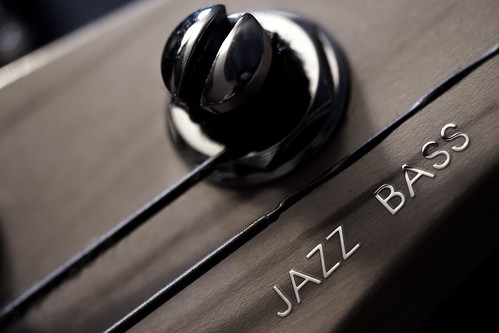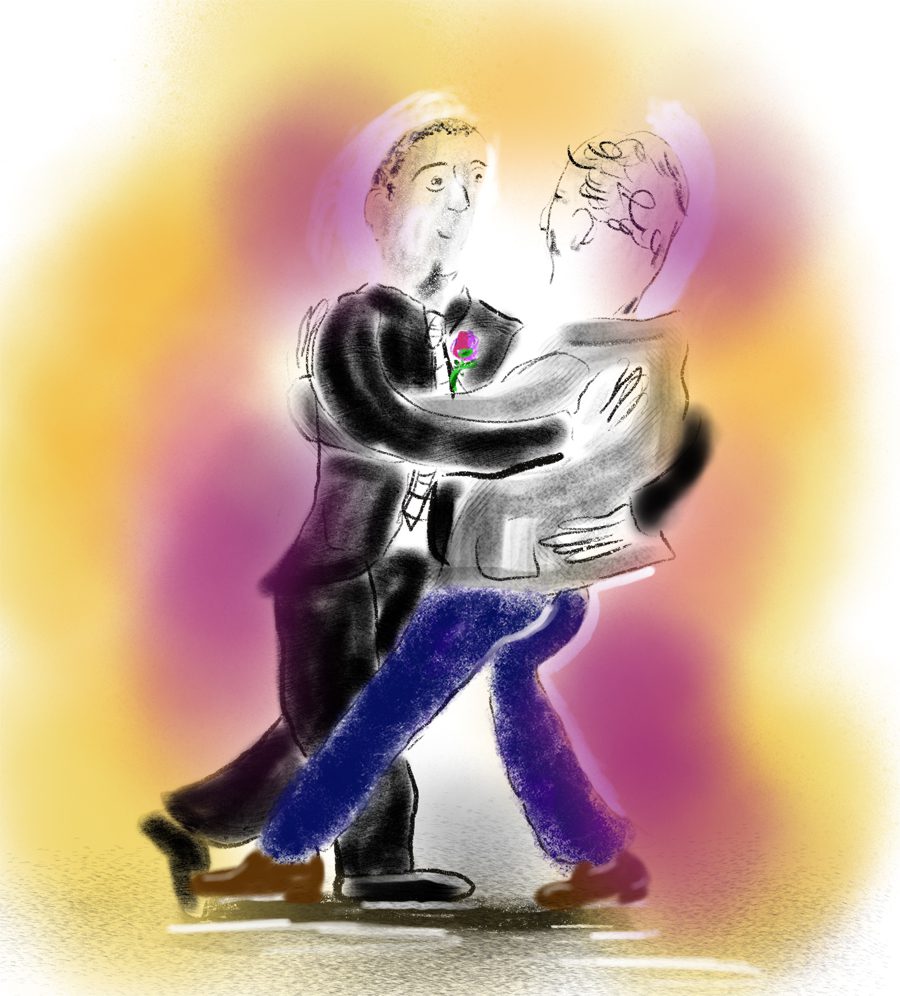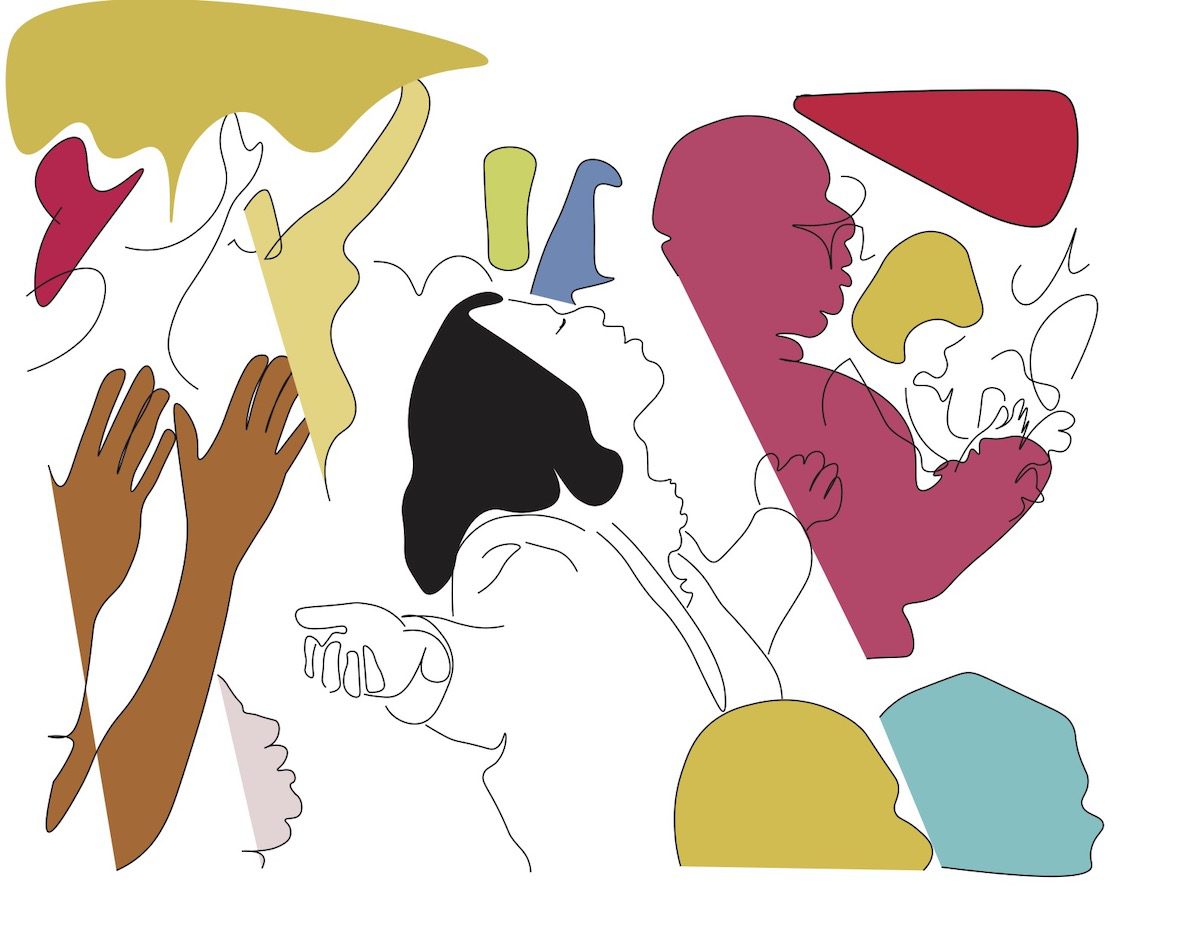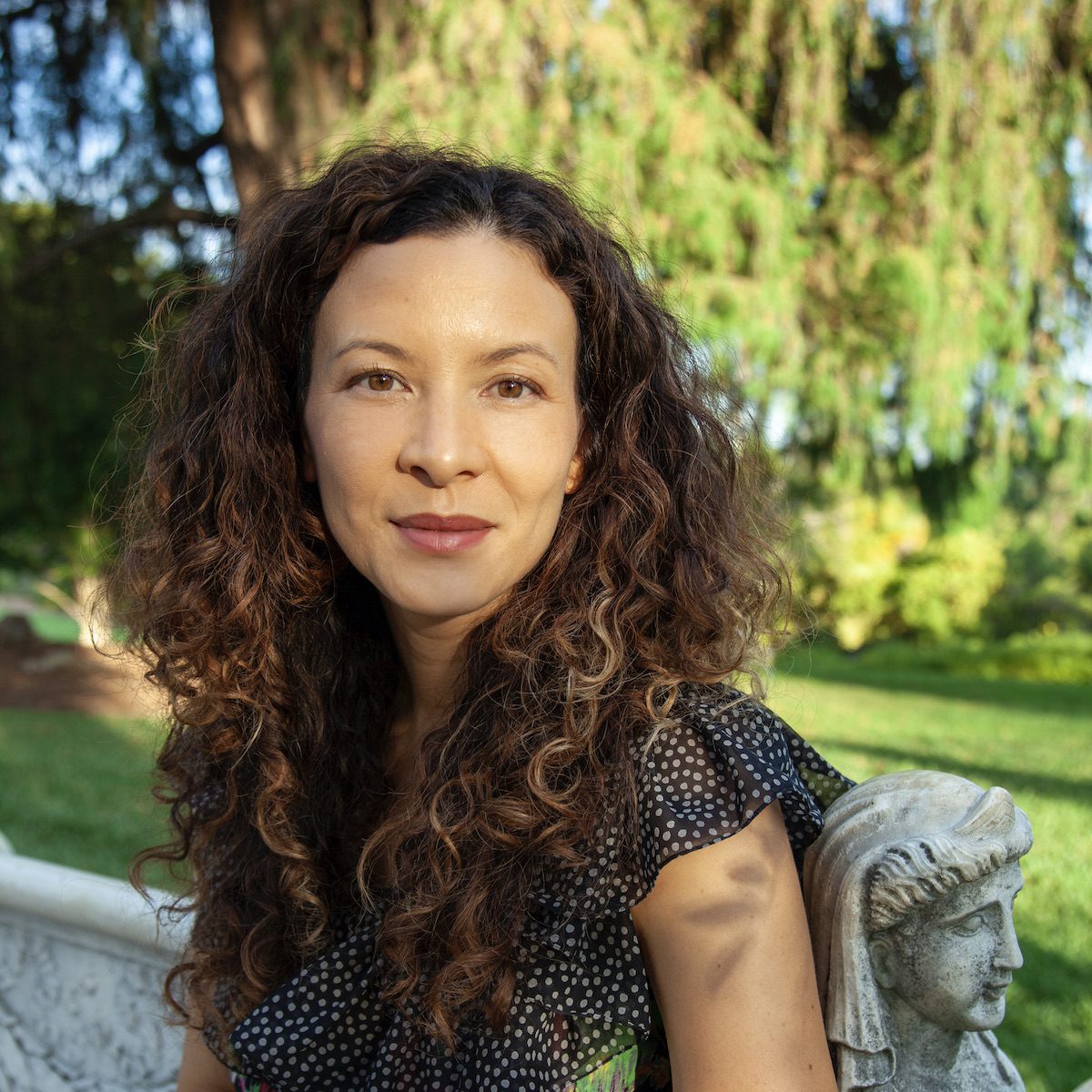
Arthur Danto, the Columbia University philosophy professor and frequent writer on contemporary art, has often referred to this “historical present” as a time after the history of art. What he seems to mean about this, I think, is that once Warhol made the Brillo box pieces, art had come to the end of a certain historical imperative. Anything after that time was at liberty to be whatever it felt like being, there was no urgency to be one thing or another. Pop, abstraction, narrative painting, landscapes, they all could coexist in the strange marketplace of the present. It’s worth asking what Danto would say about jazz. Jazz, in the main, seems to have two iterations these days. One is the Wynton Marsalis notion, the conservatory movement in jazz. Marsalis basically hews to the conviction that jazz stops sometime in the sixties before electric instruments. This is not a bad idea about jazz, in some ways, in that it is reverent and aesthetically coherent. It doesn’t, however, take into account that last 45 years of music history.
The other idea of jazz is the jazz that I will refer to henceforth as “smoove.” Smoove jazz is very popular in a demographic that includes elevators, hotel lobbies, and car service. What it has to do with an improvised art form that began in New Orleans brothels is clear: they both often feature saxophones. I think it’s possible that some smoove jazz occasionally has improvised solos, but mainly it’s through composed.
What about all the other stuff happening in jazz? All the other evocations of the form? The last 45 years? One thing that happened, and which seems to amount to the Brillo Box in terms of its effect on jazz history, was BITCHES BREW by Miles Davis (and, following it, a slew of really interesting electric albums by Miles, culminating with ON THE CORNER, an album often reviled by jazz writers and players, at least at the time of its release). Electric jazz made a lot of things possible–the Lounge Lizards, Prime Time, James “Blood” Ulmer, Sonny Sharrock, Curlew, Soft Machine, and so on. In short, maybe electric jazz is a sort of tower of Babel that sends out the jazz players into the world, improvising in their myriad tongues. However, to much of the musical world much of this music is all but completely lost. Excepting the Knitting Factory, e.g., and Zebulon in Brooklyn, and a few other rarified locales (all of which don’t feel lost to their partisans, of which I consider myself one, but still), contempory improvised music seems mostly under the radar. This is perhaps a very good thing. Because then you have the isolation that makes for a great scene, a scene that does what it does and follows its own historical promptings. I love music like this, music that just doesn’t sound like anything else.
And one such band that has really moved me recently is this band from Seattle, The Tiptons Sax Quartet. Billy Tipton, you’ll recall, was the George Eliot of jazz–although in this case she not only had to take a man’s name, but actually lived as a man in order to make possible her music career. The Tiptons, as you might imagine, therefore, are an all-female sax quarter (with drummer!). They play jazz. I first saw them play in 1991 or so, in Vermont, where I was teaching at Bennington College. What I loved about them then was a stunning cover of “30 Seconds Over Tokyo” by Pere Ubu, wherein Amy Denio, one of the two main composers of the Tiptons, tried to simulate Allen Ravenstine’s synthesizer part on alto. This fleeting (and Bad Plus-esque) inclination toward covers belied the strength of the Tipton original compositions. Now it’s nearly twenty years later, and the uncanny chemistry between Denio and Jessica Lurie, the band’s other lead composer, has only deepened. They range, in terms of interests, across expanses of klezmer, soul, funk, folk, punk rock, and experimental music, and, most compellingly for me, they have also become really amazing singers. On Laws of Motion, their most recent album (available on CD Baby, but you can also hear excerpts on MySpace), there’s a lot of extended vocal technique, some of it in Italian, some of it in Taiwanese. Both Denio and Lurie have great voices, the former somewhat spooky and sad, the latter very Eastern European and sultry, with hints of jazz scatting. But now I’m failing to suggest to beauty of the sax playing here, and if so it’s only because I don’t really have the jazz education to write well on the subject. Let me flail around on the subject briefly! The Tiptons can really shred, in the realm of the sax solo, by which I don’t mean that they can play really fast, though they seem to be able to do that, but that their playing is fierce, implacable, but also wonderfully suggestive, melodic. Apparently, and this is frankly shocking to me, the level of sophistication and musicianship is such as to permit making Laws of Motion in a single day, during the last Tiptons tour. And yet for me, it has the wisdom of twenty years of playing together, the warmth, the chemistry, and the ambition. Maybe that’s exactly what allows you to record a rangey, hilarious, moving, and sublime album of contemporary jazz in a single day. Of course, it bears mentioning that the current lineup, featuring Sue Orfield on tenor, the secret weapon Tina Richerson on baritone, and a great new drummer, Faith Stankevich makes possible what Denio and Lurie require: an ensemble that can turn on a dime, and even put down the horns to sing. They have never sounded better. The Tiptons are self-releasing, I am told, because they want more creative control over the whole field of decision-making with regard to what they do. One result of this, however, is that they should be much better known than they are. So have a listen. And as in my last post I beseech readers to send me their best kept secrets among unsigned, unreleased, and indie bands. I will investigate. I already have chased down a couple of suggestions, in fact, with great enthusiasm.




